This post may contain affiliate links that at no additional cost to you, I may earn a small commission.

Use this Cruelty-Free Checklist to help you identify whether a brand engages in animal testing at any stage of product development or if they’re a truly animal cruelty-free company.
Why is a Checklist Necessary?
Since there is no standard or legal definition for the term ‘cruelty-free,’ brands can call themselves and their products ‘cruelty-free,’ and it can mean whatever they want it to mean.
This is why cruelty-free consumers must look beyond the label and fact-check a brand’s cruelty-free claims to ensure no animal testing occurs at any stage of manufacturing or anywhere in the world.
Also, some brands have carefully worded their animal testing policy to make it sound like they’re cruelty-free when in fact, they aren’t—for example, claims like we don’t test on animals, but we’re paying and allowing others to do so on our behalf.
To avoid falling for these cruelty-free loopholes and misleading claims, we make sure to ask brands a series of questions about their animal testing policy.
That way, we can ensure each brand checks all the boxes and has done all that it can to ensure no animals were harmed in the making of their products.
Cruelty-Free Checklist
We verify a brand’s animal testing policy and cruelty-free status using the following criteria and checklist:
- None of the brand’s products are tested on animals
- The brand can ensure none of its ingredient suppliers & manufacturers test on animals, and they verify this with documents or certifications.
- The brand does not allow or ask a third party to test its ingredients, formulations, or finished products on animals on its behalf.
- The brand does not allow its products or ingredients to be tested on animals when required by law.
- The brand does not sell its cosmetics in China under current conditions that may trigger animal tests. Brands must not be willing to allow the Chinese government to test their products or ingredients on animals.
It’s a checklist because, to be considered Cruelty-Free, brands must meet all of the above criteria.
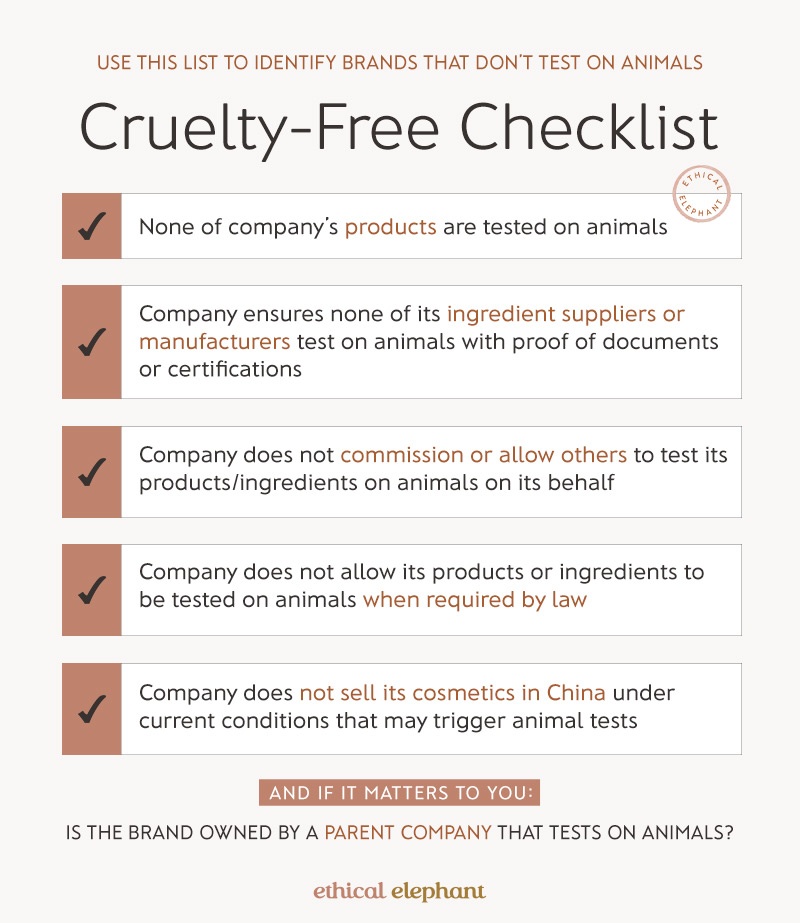
Based on the responses we receive from each brand, we then categorize them as follows:
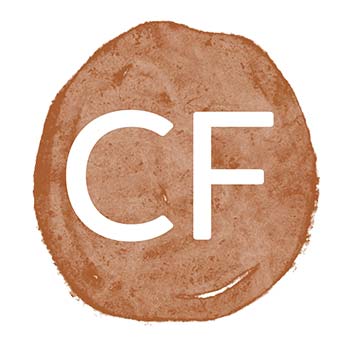
Cruelty-Free Brands (CF)
Only brands willing and able to answer all our questions and meet all the criteria in our Cruelty-Free Checklist are considered Cruelty-Free (CF).

Animal-Tested Brands (X)
If a brand admits its products, ingredients, or formulations may have been tested on animals by the company, a third party, or its suppliers, we would not consider the brand cruelty-free. Instead, we classify the brand as Animal-Tested.
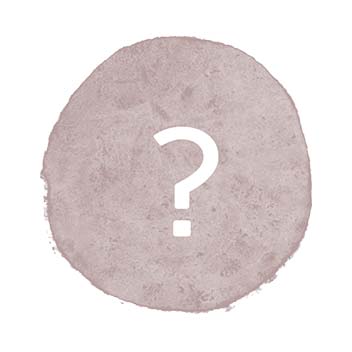
Grey Area Brands (?)
If a brand cannot answer or clarify one or more of the items from our Cruelty-Free Checklist, these brands get categorized as Grey Area.
Because we don’t have enough information, it’s unclear if these brands are truly cruelty-free or animal-tested.
Brands remain in the Grey Area until we receive more information or know more about their claims.

*Cruelty-Free But… (*CF)
This is for brands that are technically ‘Cruelty-Free’ because they don’t test on animals. But there’s a disclaimer to follow. See below:
*Cruelty-Free But
- They’re owned by an animal testing parent company (i.e., NYX and Urban Decay are both cruelty-free, but L’Oreal owns them.)
- Or they sell a collection of animal hair makeup brushes (where obtaining hair from fur-bearing animals cannot be done in a cruelty-free manner.)
- Or they don’t offer any vegan products (I only list and recommend vegan products on my site, so it wouldn’t feel right to list a cruelty-free brand but not be able to recommend any of their products.)
Because there is no standard definition for the label ‘Cruelty-Free,’ I felt it was important to disclose these disclaimers so you can decide for yourself whether you want to buy from these brands.
📧 Get an Insider look at what we ask brands when verifying their cruelty-free commitments and animal testing policy with our email templates. (Only available to Ko-Fi members)
Our Cruelty-Free Standards
The Cruelty-Free Checklist is the criteria we use to verify a brand’s animal testing policy. We ask all brands the same set of questions before we list them in our brand directory. Feel free to use our criteria or modify it to make it your own!
I hope you found this post helpful when trying to decipher whether a brand is truly cruelty-free or not. If you have any questions, feel free to reach out, and I’ll try my best to help!
More Resources:
- 💗 Know The Diff: Cruelty-Free vs. Vegan
- 🐇 Who To Trust? PETA or Leaping Bunny
- 🌱 Beginner’s Guide: Vegan Beauty Basics
- 🇨🇳 To Know: Understanding China’s Animal Testing Laws
- 🔥 Heated Topic: Parent Company Animal Testing







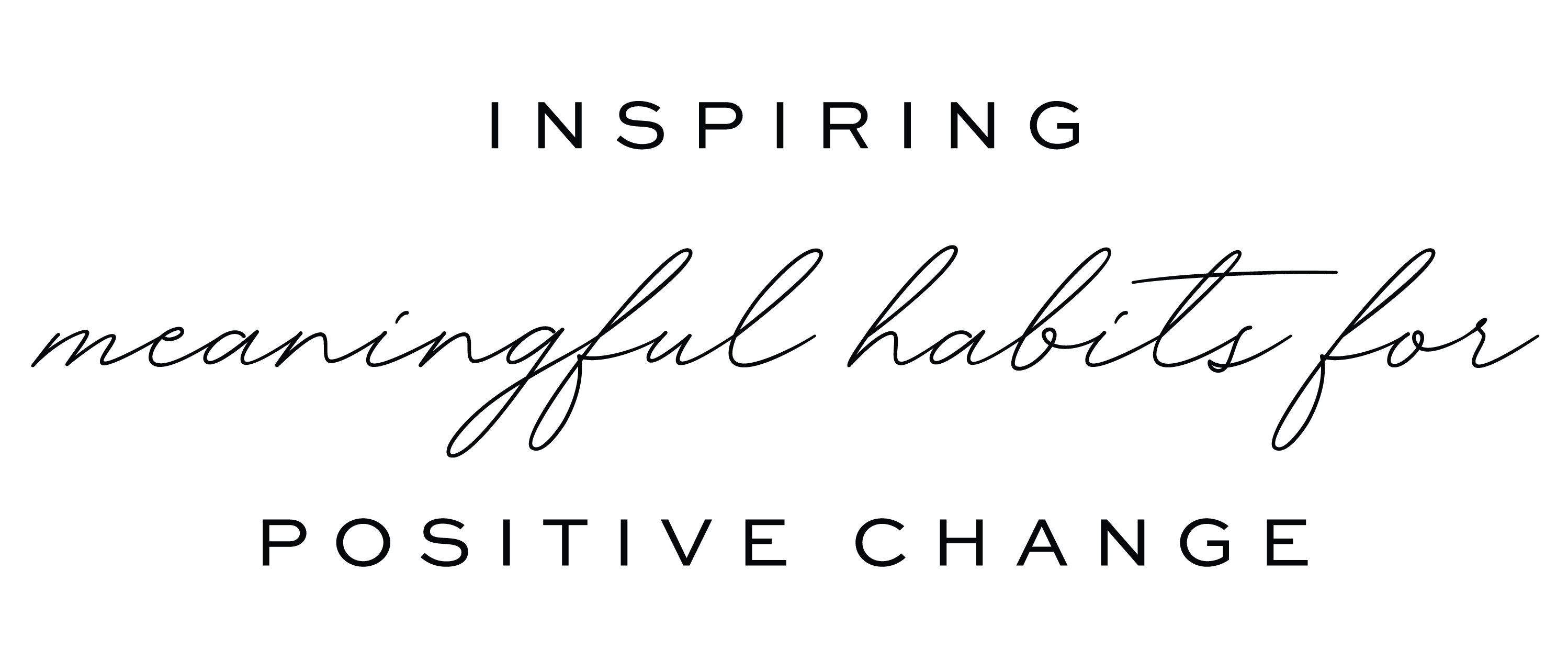
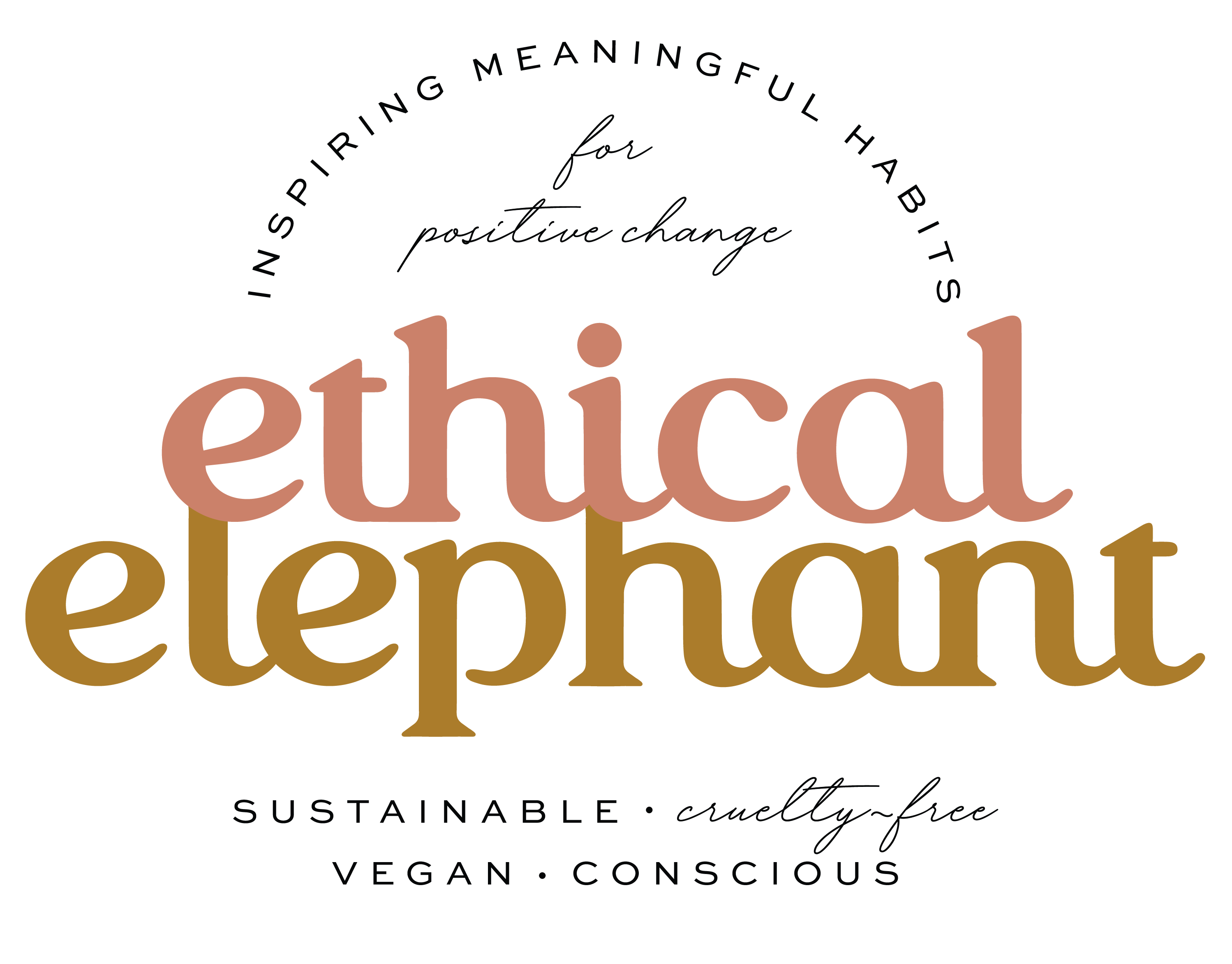
0 thoughts on “Use This Cruelty-Free Checklist To Know When A Brand Tests on Animals or Not in 2023”
Hi Dear,
My name is Michelle Nanning of SGM Distribution. We are the proud distributer in the Benelux of two beautiful brands.
I would love you have both brands listed on your website, what is the procedure to make this happen?
The brands are; CTZN Cosmetics and Ananné premium skincare.
I would love to hear from you!
Kind regards,
Michelle Nanning.
hey! i was checking threw the list awesome job by the way it’s wonderful! but i noticed their wasn’t Rocky Moutain Soap Co i recently switched my shampoo and conditioner to them and they are amazing! i also sell body products too and they are Cruelty free and vegan ☺️
-thank you xoxo
i meant they sell body products not me my bad